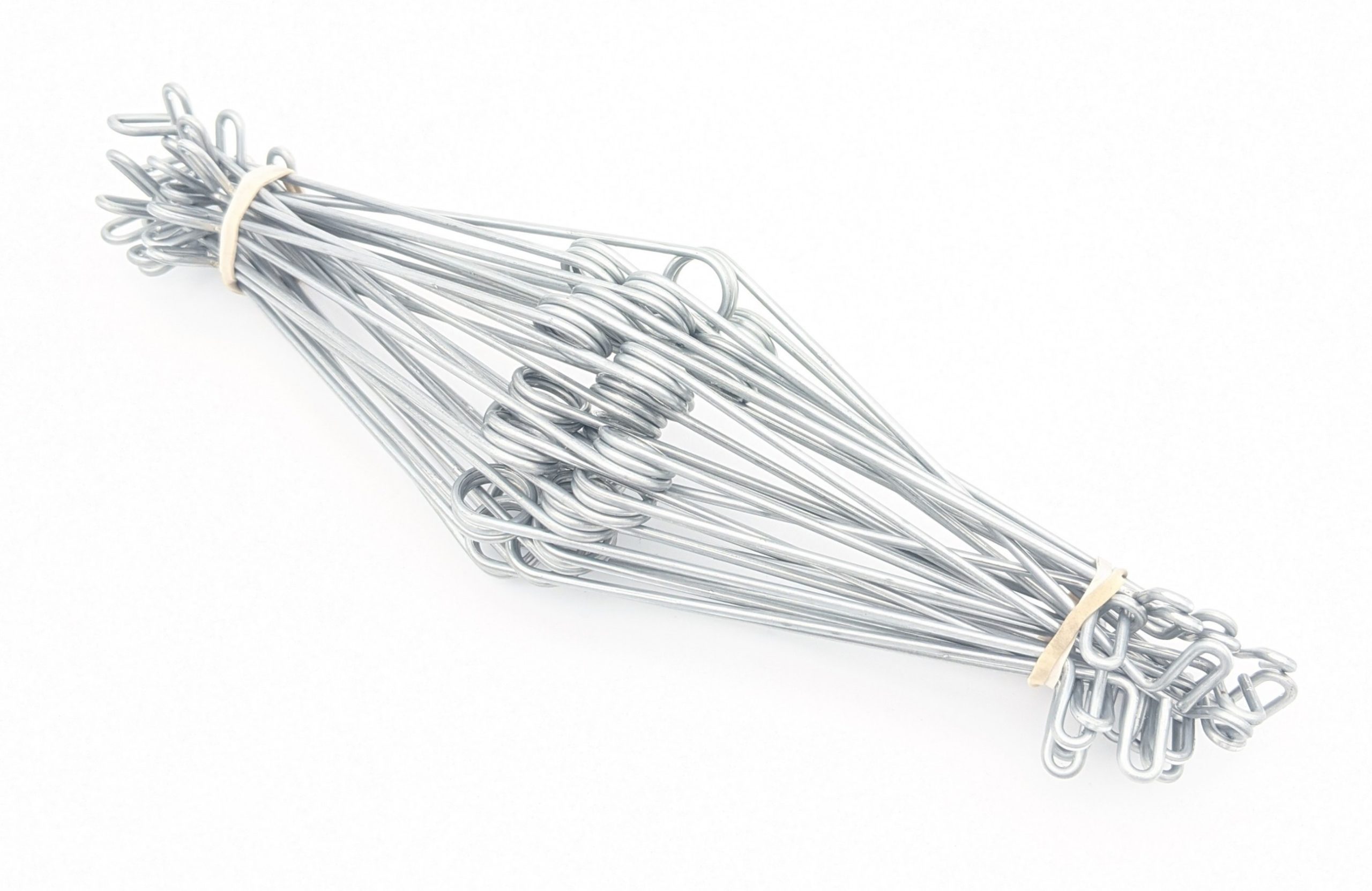Get unique, complex parts easily. No matter your requirements, Chaoyi Spring creates hard-to-produce coil springs and wire forms.
Let us help you create the custom wire form you need, from S-hooks and J-hooks to utility hooks and more.
We work closely with customers across a wide range of industries, helping them design and manufacture made-to-order parts.
Why choose Chaoyi Spring? We prioritize customer-focused collaboration, modern equipment and the latest technology to make your parts per print.
Find the information and guidance you need, from measuring a spring to learning about materials, placing an order and much more.
Springs are ubiquitous in mechanical systems, acting as energy storage devices and providing restoring forces. Determining the maximum compression a spring can withstand without permanent deformation is crucial for safe


Springs are ubiquitous in mechanical systems, acting as energy storage devices and providing restoring forces. Determining the maximum compression a spring can withstand without permanent deformation is crucial for safe and reliable design. This article delves into the factors influencing maximum spring compression and provides a practical guide to calculating it.

Spring compression refers to the amount by which a spring is shortened when a force is applied. Every spring has a maximum compression limit, beyond which it will permanently deform or fail. Knowing this limit is vital for ensuring the longevity and safety of any mechanical system incorporating springs.
Several factors determine a spring's maximum compression, including:
Calculating maximum spring compression involves understanding the spring's material properties, design specifications, and load conditions. Here's a breakdown of the process:
The yield strength of the spring material is the stress at which the material begins to deform permanently. This information can be obtained from material datasheets or engineering handbooks.
The stress on the spring wire is determined by the load applied and the spring's geometry. The formula for stress is:
Stress = (8 * Load * Coil Diameter) / (pi * Wire Diameter^3)
Divide the calculated stress by the material's yield strength. This ratio represents the safety factor of the spring. A safety factor greater than 1 indicates that the spring is designed to withstand the load without permanent deformation.
Maximum compression is calculated using the spring's stiffness and the load applied. The formula for stiffness is:
Stiffness = (G * Wire Diameter^4) / (8 * Coil Diameter^3 * Number of Active Coils)
Where G is the shear modulus of the spring material. Using the stiffness value and the applied load, the maximum compression can be calculated:
Maximum Compression = Load / Stiffness
In addition to calculations, these practical tips can help ensure you determine the maximum compression for your spring accurately:
Determining maximum spring compression is crucial for the safe and reliable operation of any mechanical system utilizing springs. This article has provided a comprehensive guide, including the key factors to consider, the steps for calculation, and practical tips for accurate determination. By adhering to these guidelines, engineers and makers can design and implement spring-based systems with confidence, ensuring optimal performance and longevity.
Remember, spring compression is a complex topic, and understanding it thoroughly is essential for safe and efficient design. Always prioritize safety margins and consult with experts when necessary. With the right approach and knowledge, you can utilize springs effectively in your projects and applications.
Browse some of the custom wire forms and springs that we manufacture. Don’t see what you need? We specialize in made-to-order products that meet your application requirements.
Visit Our GalleryNeed a custom wire form or coil spring? We make it work. Fill out the contact form and a representative will respond within 1 business day. If you have a PDF or CAD file, you can submit to request a quote.